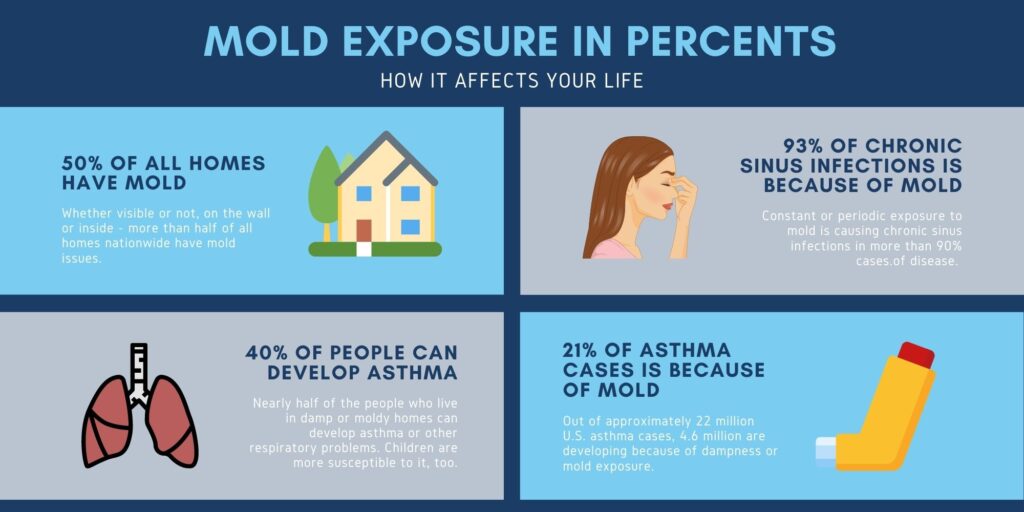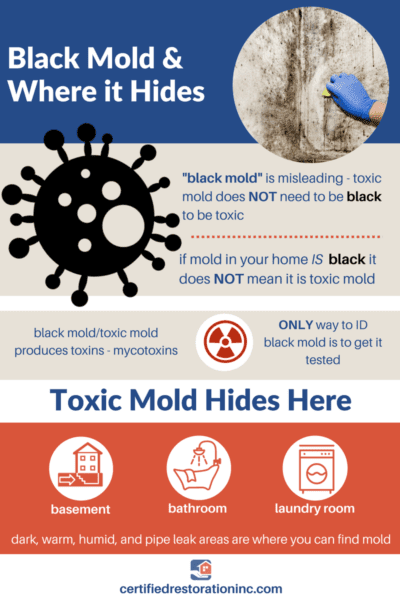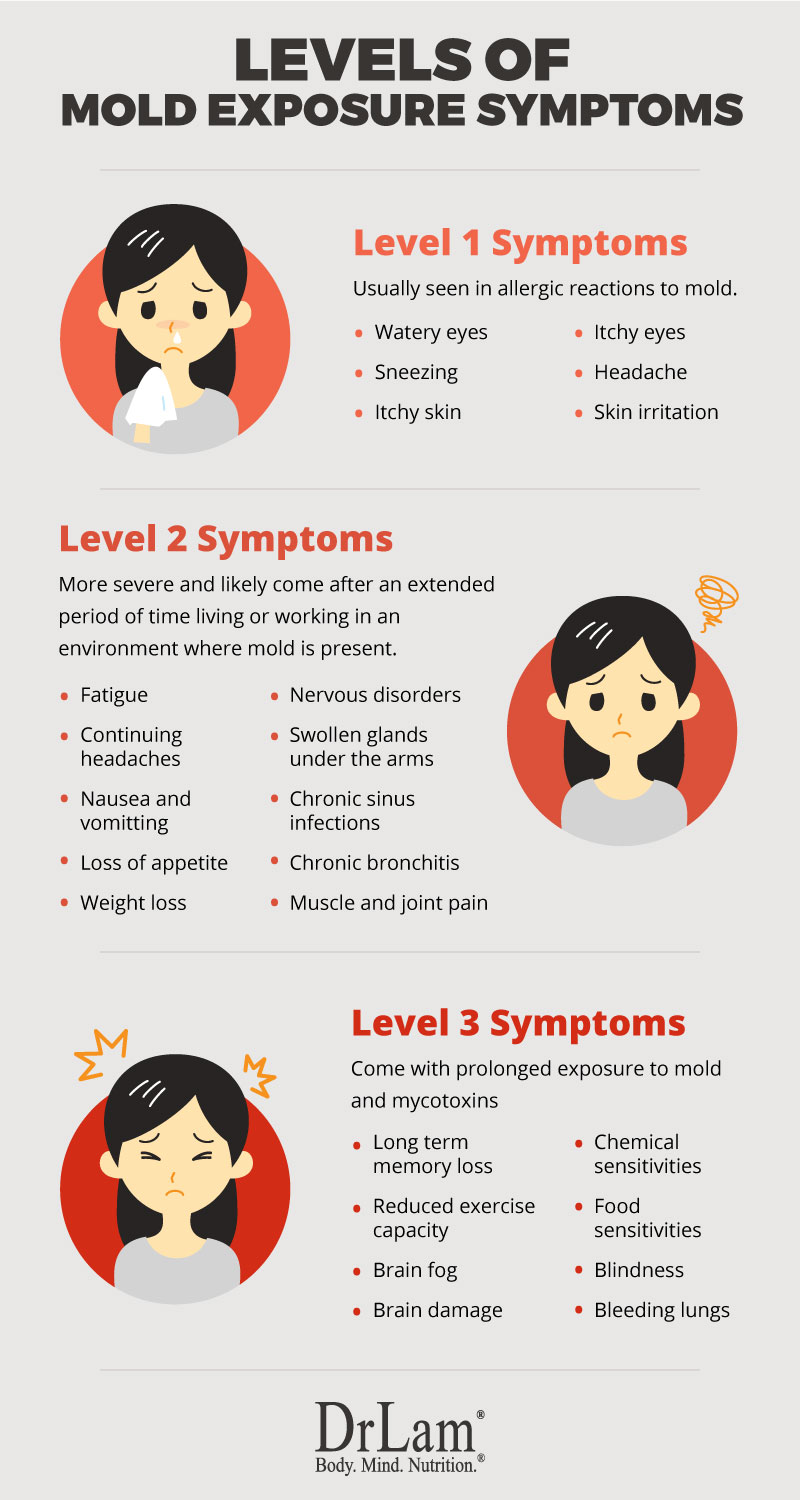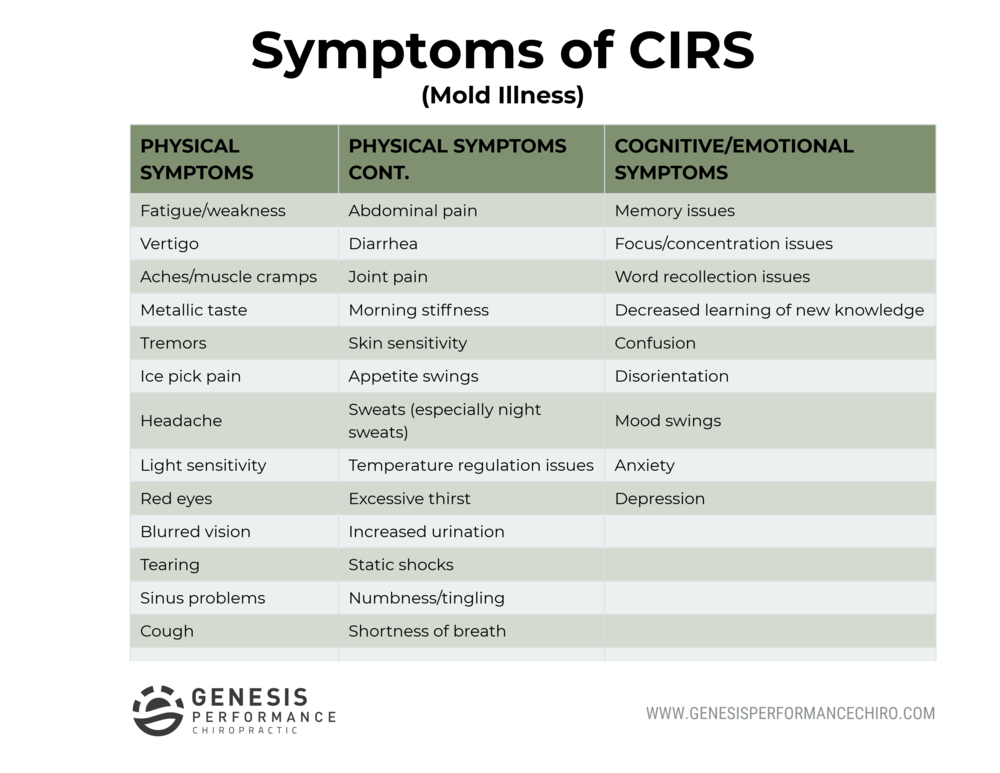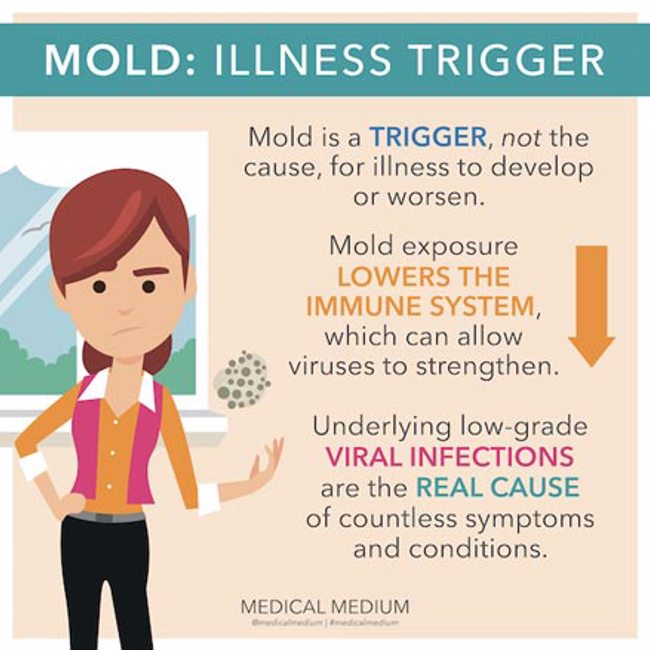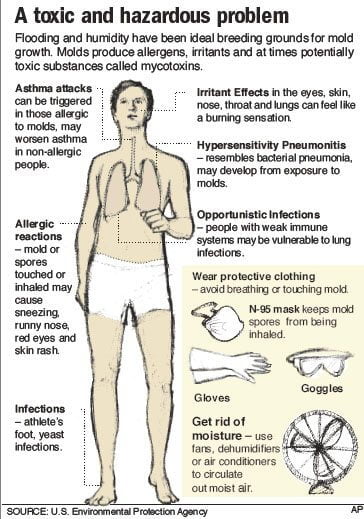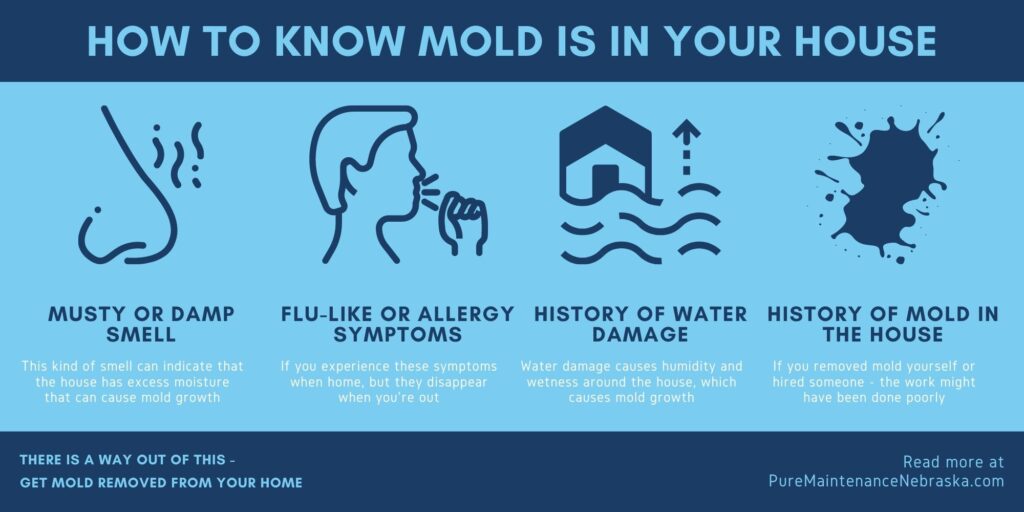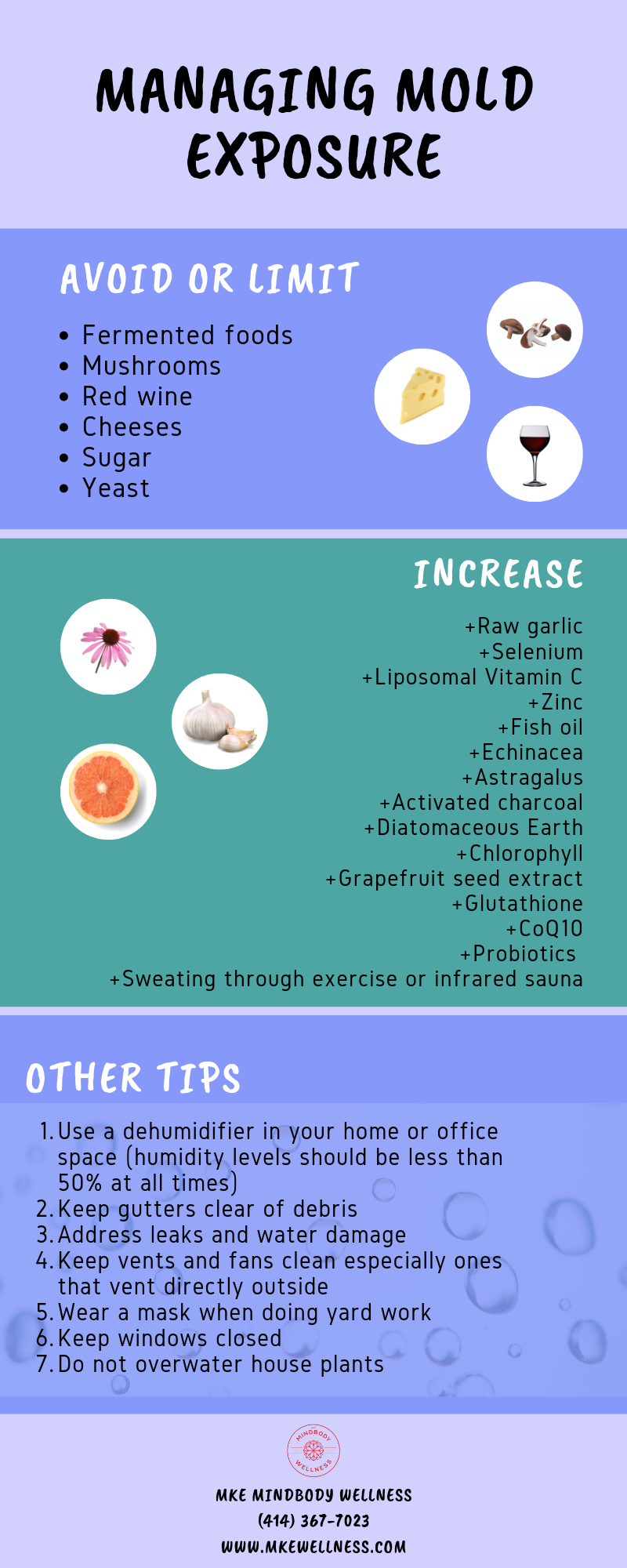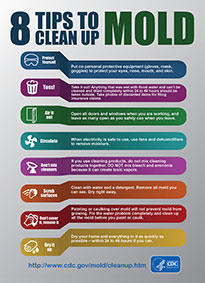Fabulous Tips About How To Diagnose Mold Poisoning
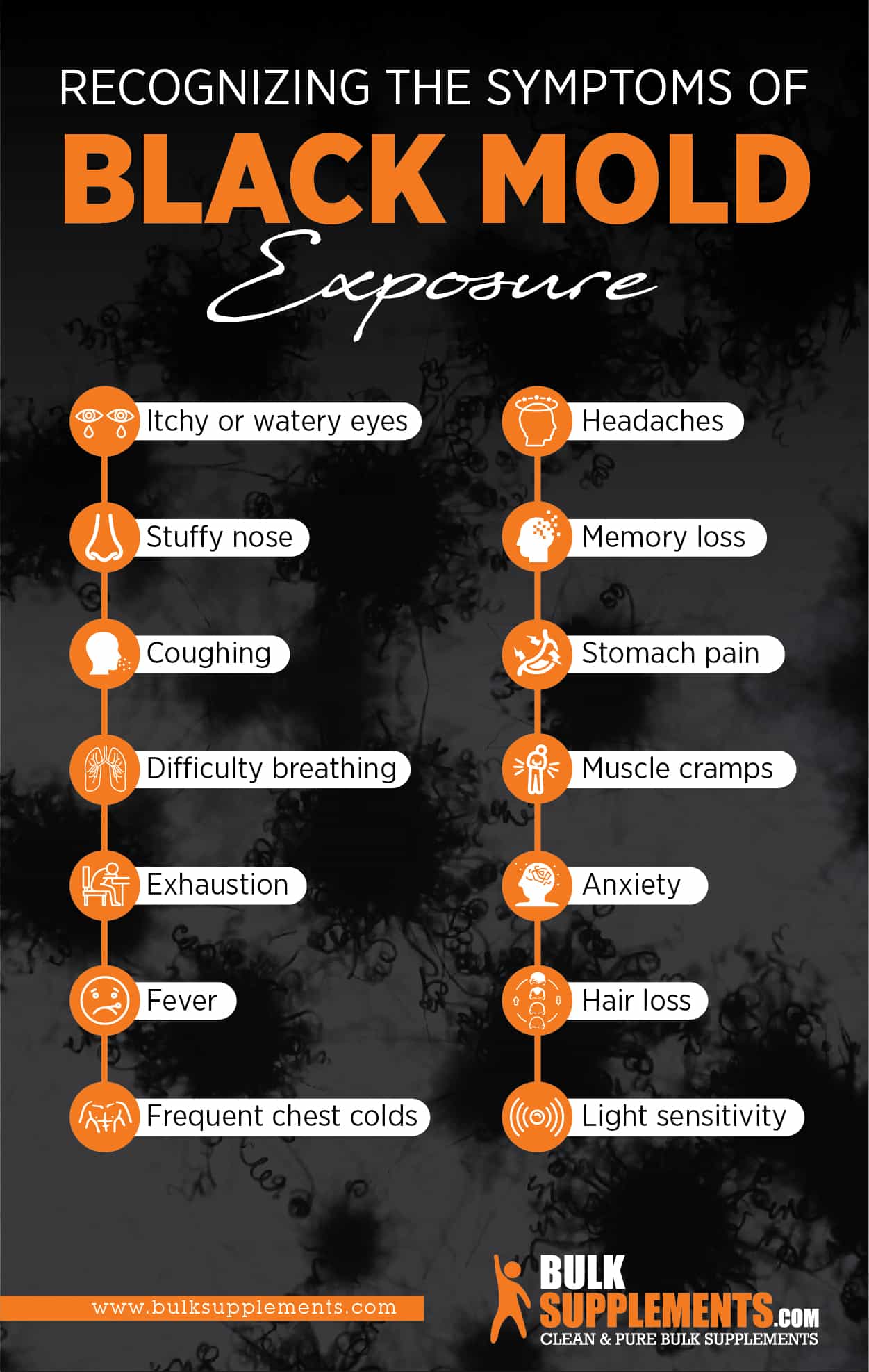
The best to know that is by knowing about the signs that tell you if these fungi actually exist here.
How to diagnose mold poisoning. In some cases, further testing may be necessary. The most direct way to test for mold toxicity is a urine test that measures for metabolites of mold and mycotoxins as well as glutathione levels (which can be depleted. A mold allergy causes the same signs and symptoms that occur in other types of upper respiratory allergies.
Signs and symptoms of allergic rhinitis caused by a mold allergy. Mold allergies occur when your immune system overreacts to certain types of mold, which your body considers to be an allergen. Otherwise, you have a few different options when it comes to testing for mold in your home:
Some people develop no symptoms at all. Indicators of mold poisoning include a low white blood cell count, reduced lung function, and neurological damage linked to contact with biotoxins. Both of them involve taking a small sample of material, which is.
To diagnose a systemic fungal infection in someone with a weakened immune system, a doctor may take a blood sample. To make a toxic mold syndrome diagnosis, there is no way to actually measure mycotoxins (mold toxins) in the blood but there is a test for mold toxins in the urine which is called the urine. One example of the test is the qualitative polymerase chain reaction (qpcr) test.
Mold toxicity symptoms depend on the. Symptoms of mold exposure may include headache, sore throat, runny nose, coughing, sneezing, watery eyes and fatigue. How do you know if mold is making you sick?
Your doctor takes a blood sample and then sends it to a laboratory to measure the number of certain antibodies, which can indicate your immune system’s. This test includes a petri dish with a swab. This can result in symptoms such as.
